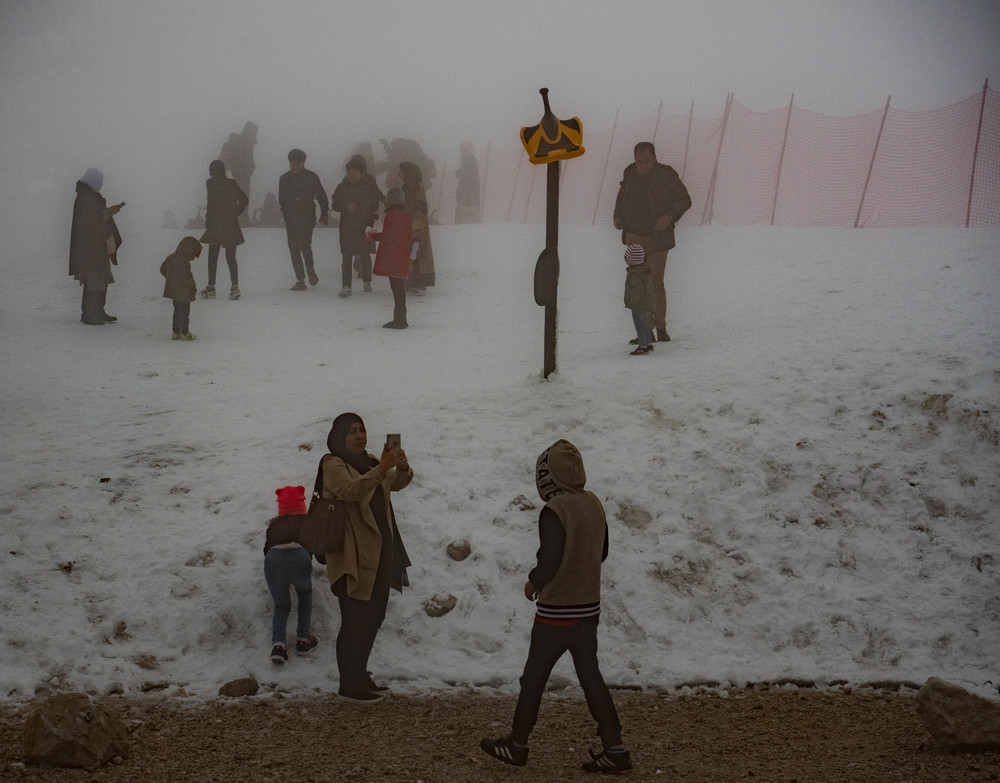
What gear to pack for a five-day excursion to northern Switzerland and southern Germany? I left the decision until the past minute but in the end my head overruled my heart and I opted for lightness.
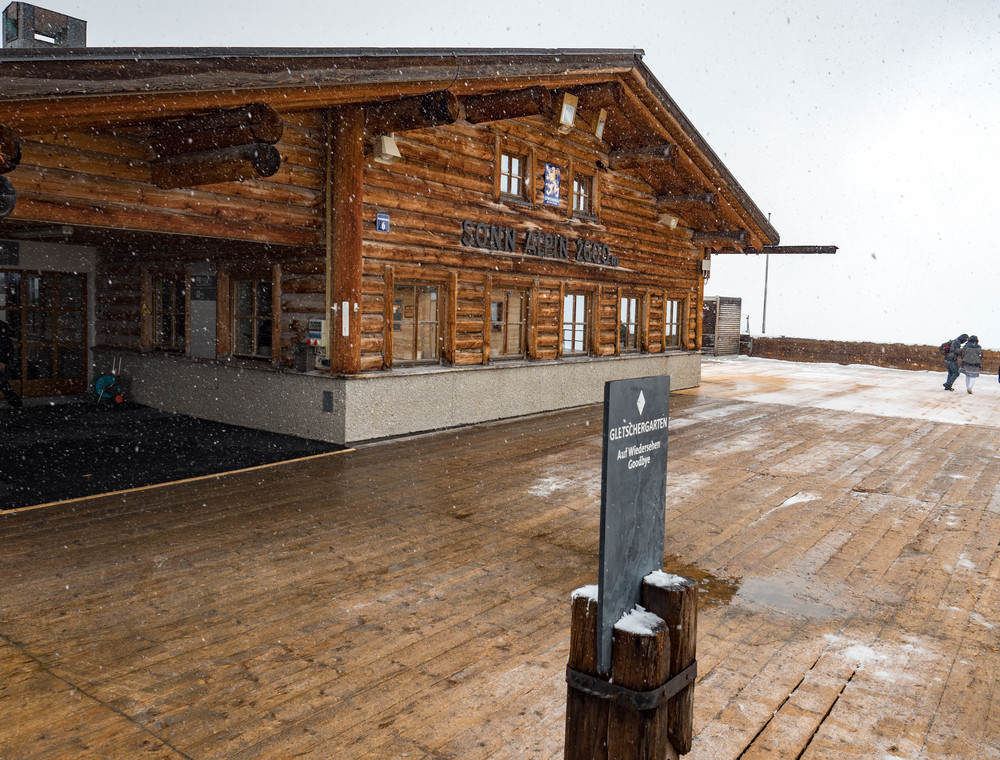
On Monday, on a car journey to the Watercress Line, I opted to take the Leica SL. It was no big deal to carry but it is an undeniably bulky and heavy rig, almost up there in the full-frame DSLR stakes. And I need to remind myself that I sold out my Nikon gear some five years ago for this very reason: The ability to travel light.
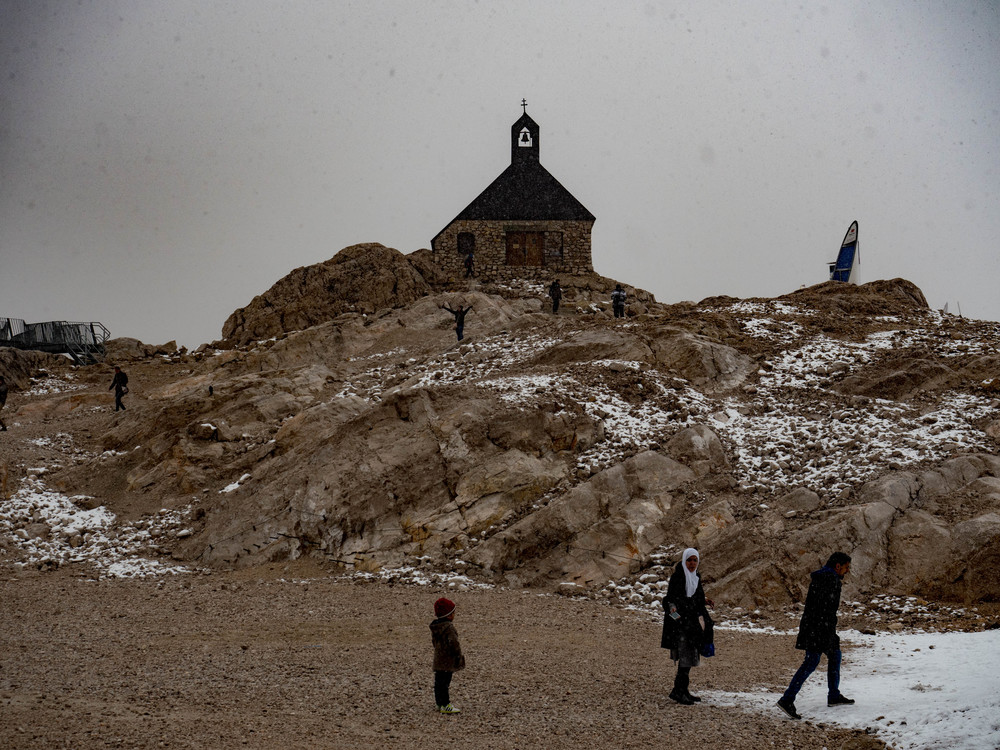
The SL is a delight to operate; it produces impressive results and that 24-90mm Vario-Emarit is really all the lens you need. Yet I couldn’t face adding this 2.2Kg of camera and lens to my backpack for the flight. The SL is not the ideal travel camera, especially not with the 24-90 zoom. With M lenses it is something of a different matter; but on balance I think I prefer the M-D for this role.
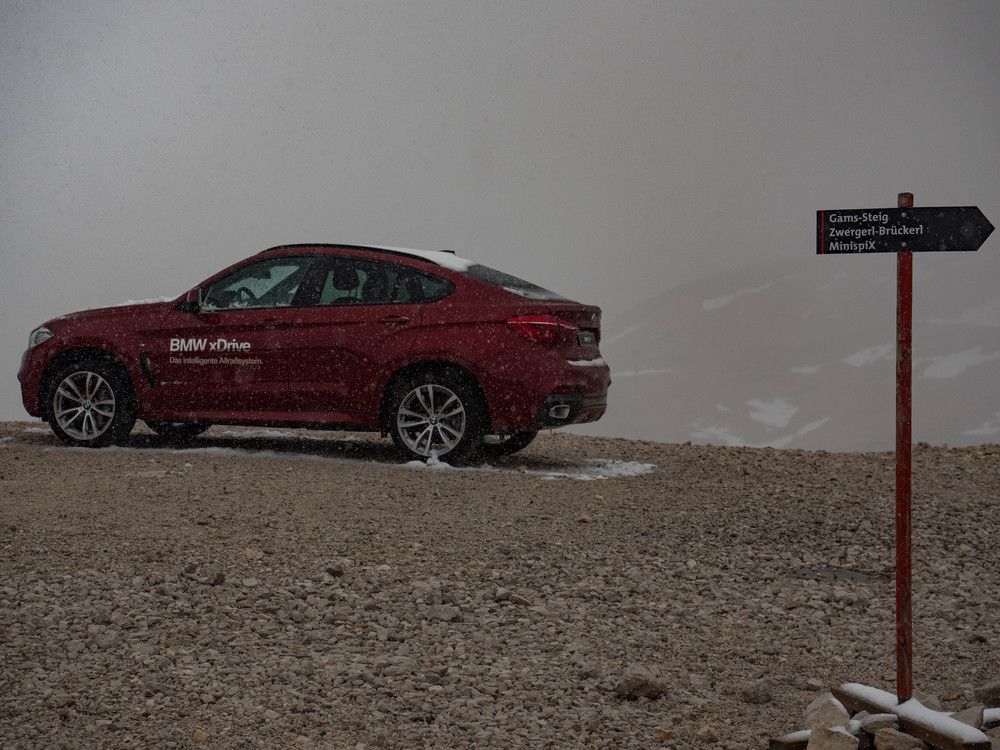
I could have taken the M-D and, I admit, I was strongly tempted. I could have managed with just one lens such as the 50mm Summicron or the Apo-Summicron. There’s a great deal of satisfaction and sense of purity in this approach. I know from past experience that it works and some of my best shots have come from an M when I had just the one lens to play with. In reality you don’t need a vast range of focal lengths to produce good photographs. The M-D would have made a good story out of my five-day summer break.
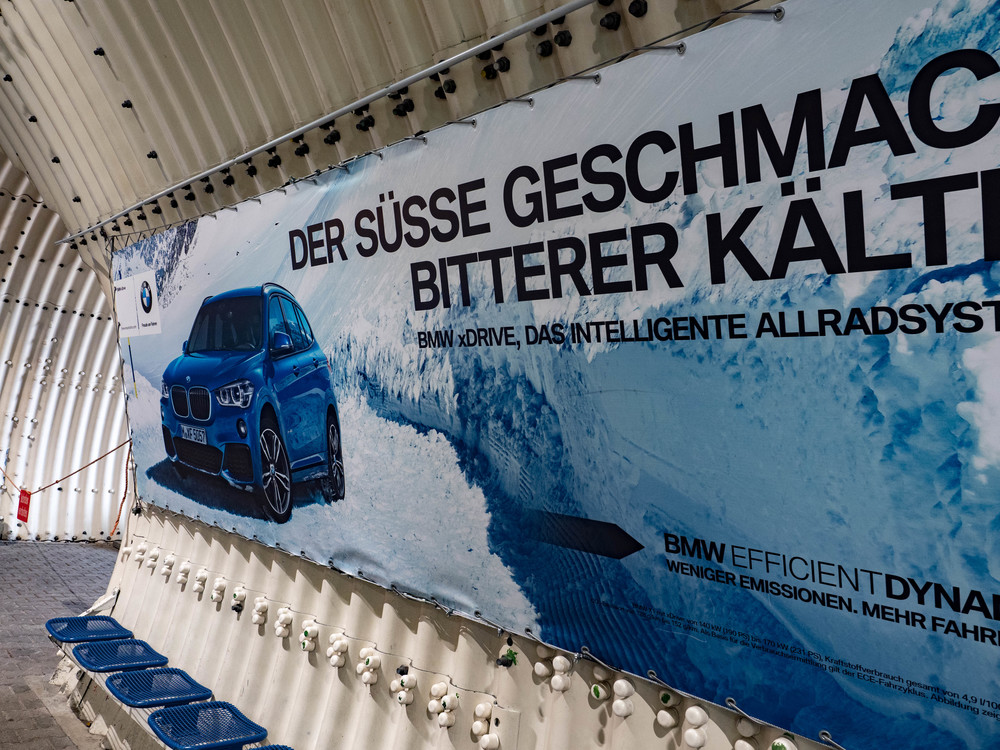
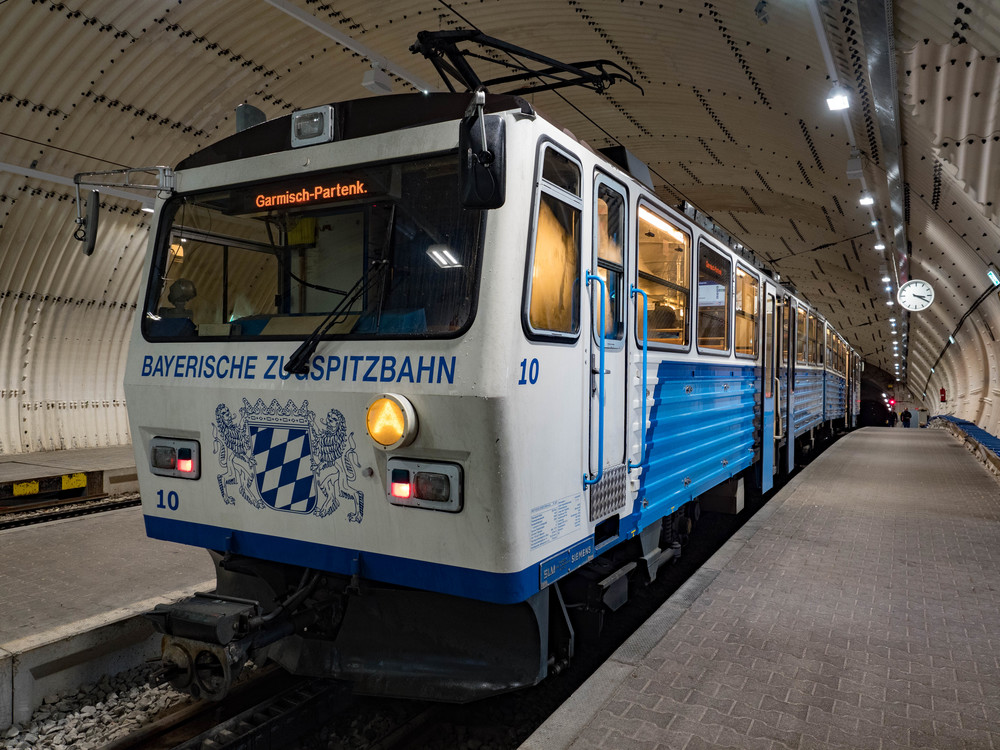
In the lightweight corner, however, sat the Olympus PEN-F which, even by M standards, is a very totable little package. So that’s one thing settled. The PEN-F was to be the camera for the week. I even reversed the screen so all I could see was the faux vulcanite. With aperture priority and RAW only, it is just like the M-D (or perhaps not quite….).
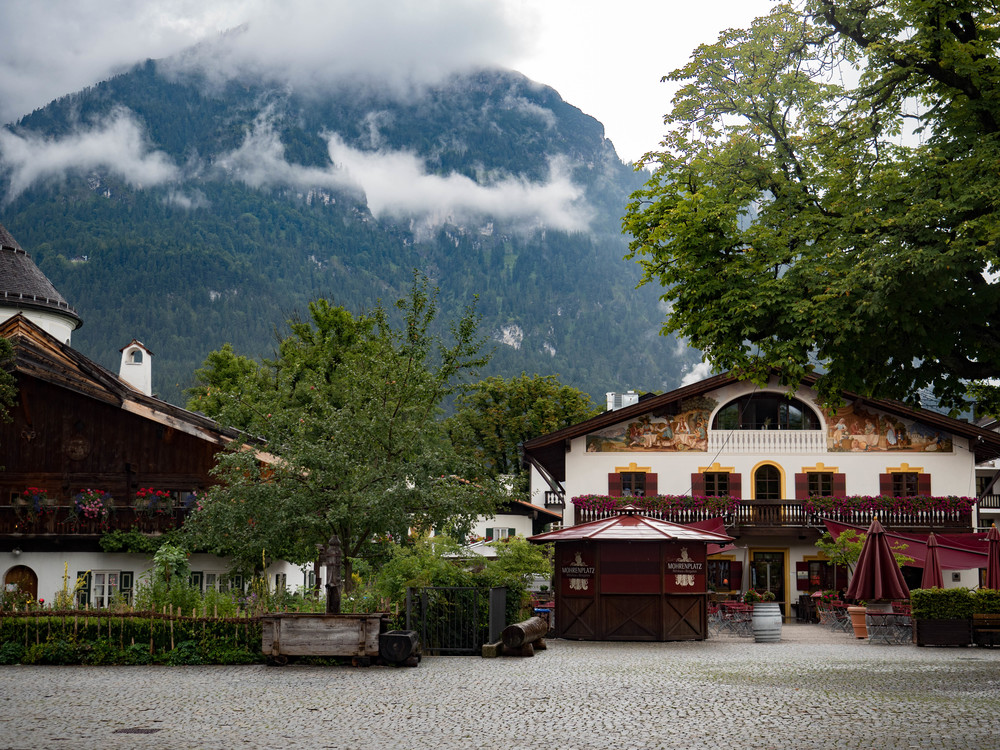
But what of lenses? After several months of toe-dipping in the m4/3 pool I have become familiar with and quite addicted to the Olympus pro-zoom collection, three first-class lenses with their constant f/2.8 apertures and weather resistance. Together, they tackle the vast majority of tasks. As a prime addict, I hate to admit as much.
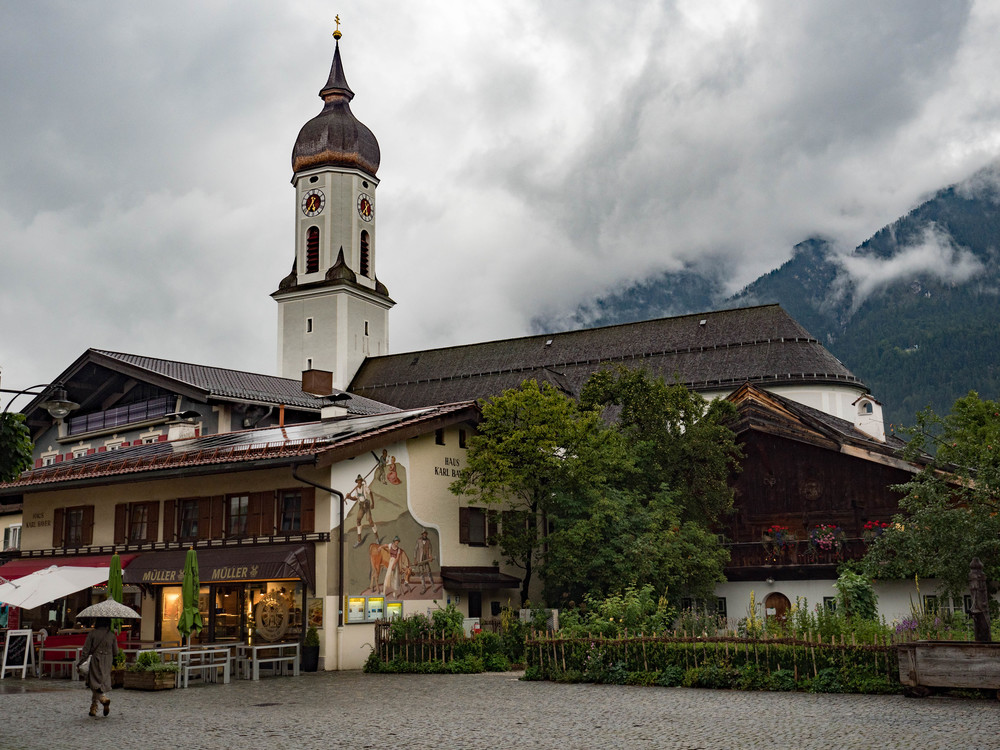
The heart of the system is the outstanding 12-40mm (equivalent to 24-80) which is light (for what it is), ergonomically perfect and optically superb. Like the other two pro lenses, the 7-14mm (14-28mm equivalent) and the 40-150mm (80-300), the 12-40 is weather protected, has that slick and impressive auto/manual clutch mechanism and performs well beyond expectations for the price. I just love the ergonomics of these three professional-standard contenders. As a prime fan I don’t feel too shortchanged at all.
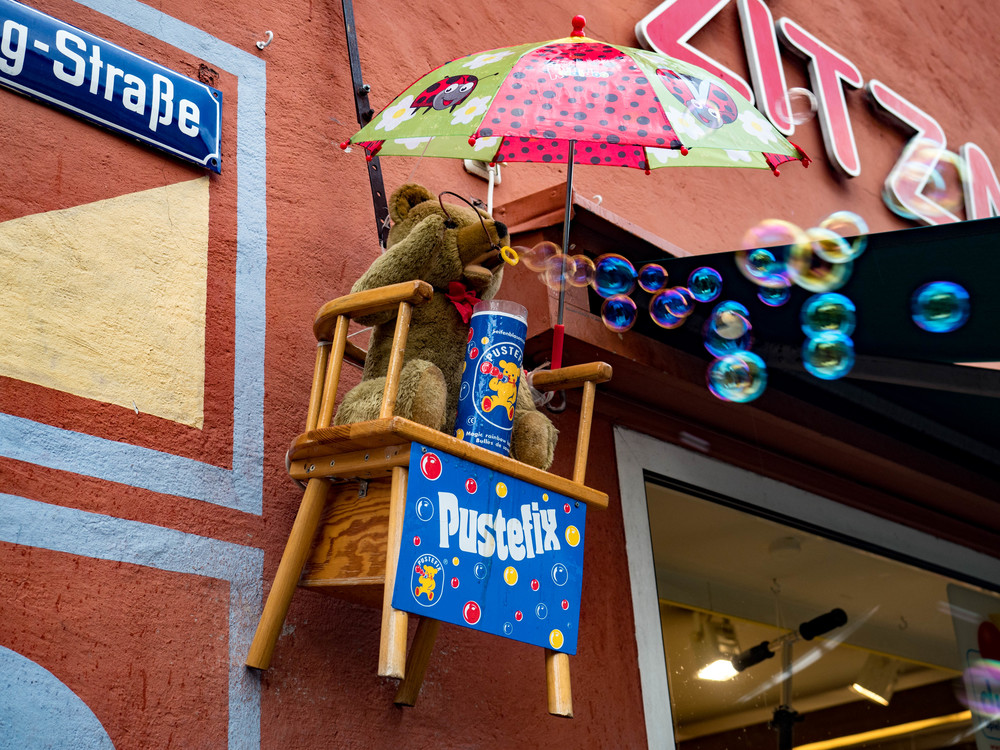
If the 12-40 is at the heart of the matter, offering nearly the same coverage as Leica’s far more bulky full-frame 24-90, the 7-14 and 40-150 are specialists. Much as I would value the 7-14mm on any trip (and I admit I was strongly tempted), it is rather heavy to consider “just in case”. Similarly, the 40-150 (together with its x1.4 adapter which increases the range to a rather tasty 112-420mm in full frame equivalence) is perhaps not the lens for the current outing. For airshows, sporting events and the like, this lens is in its element. But mooching around towns is perhaps not its forte.
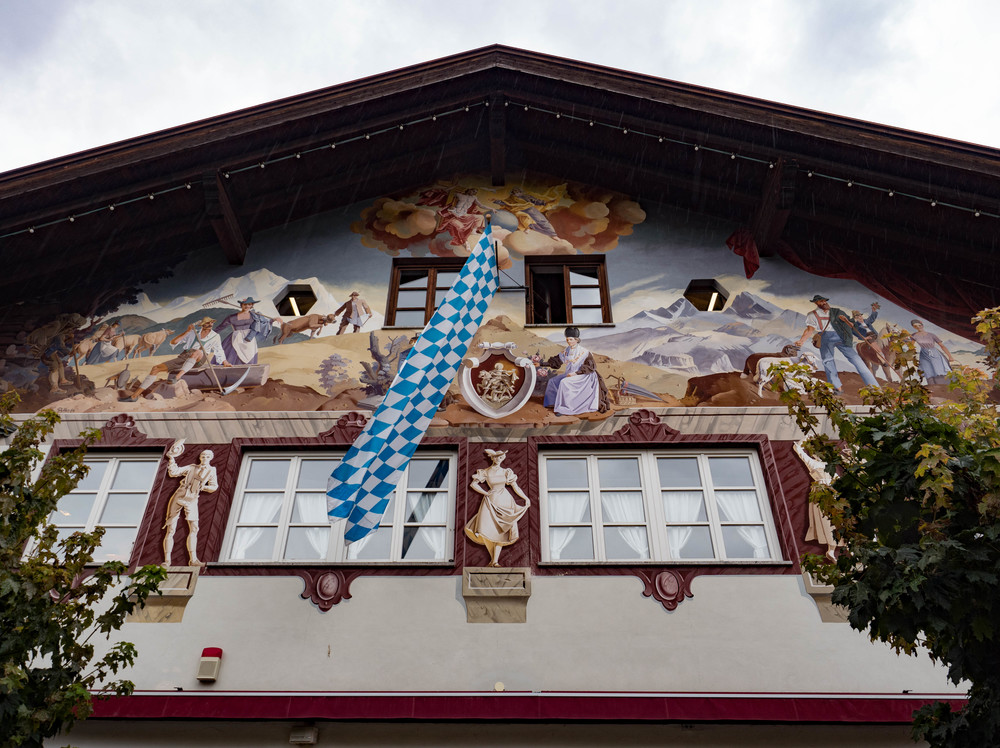
In the end I chose to marry my PEN-F with the do-all workhorse, the 12-40mm, while packing the Lumix/Leica DG 25mm Summilux to give me a fast prime for street shots and low-light photography. This is another great star of a lens from the m4/3 firmament and I love using it when I am in nifty fifty mode.
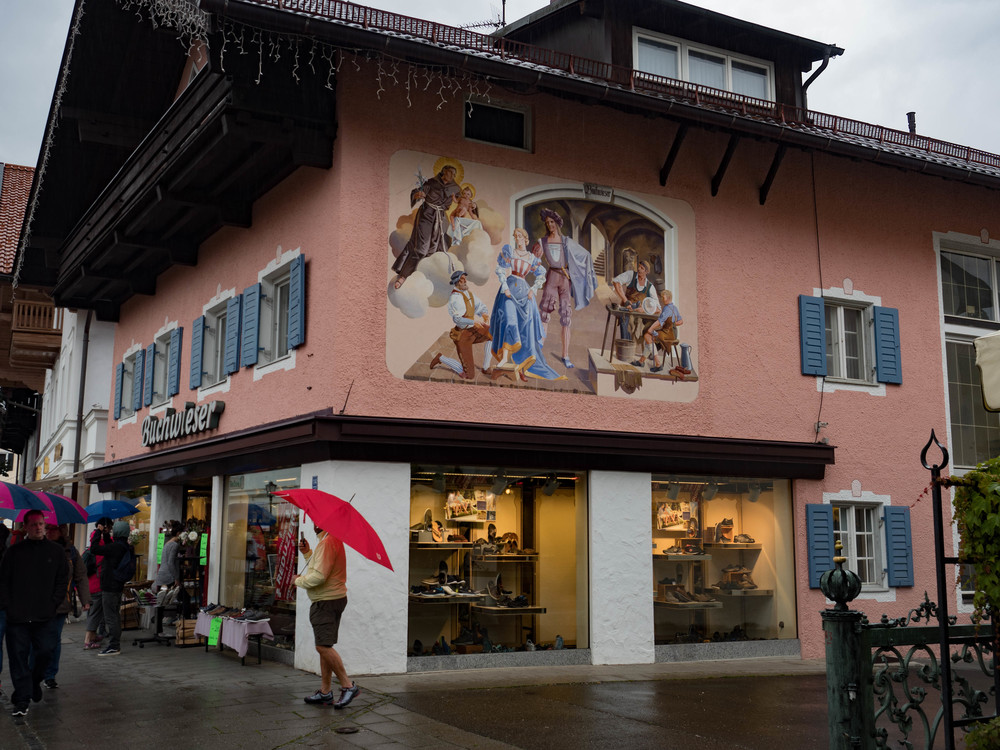
All this was surprisingly light in my backpack. I even had one compartment of the Billingham Hadley Small insert empty and seeking a tenant. At the last minute I slipped in the 75mm Olympus f/1.8 prime, another delightful lens that gives me a longer reach, if needed, at the expense of little more than 300 grams. I always find this lens hard to resist even though the 150mm full-frame-equivalent focal length is an oddity, neither this nor that.
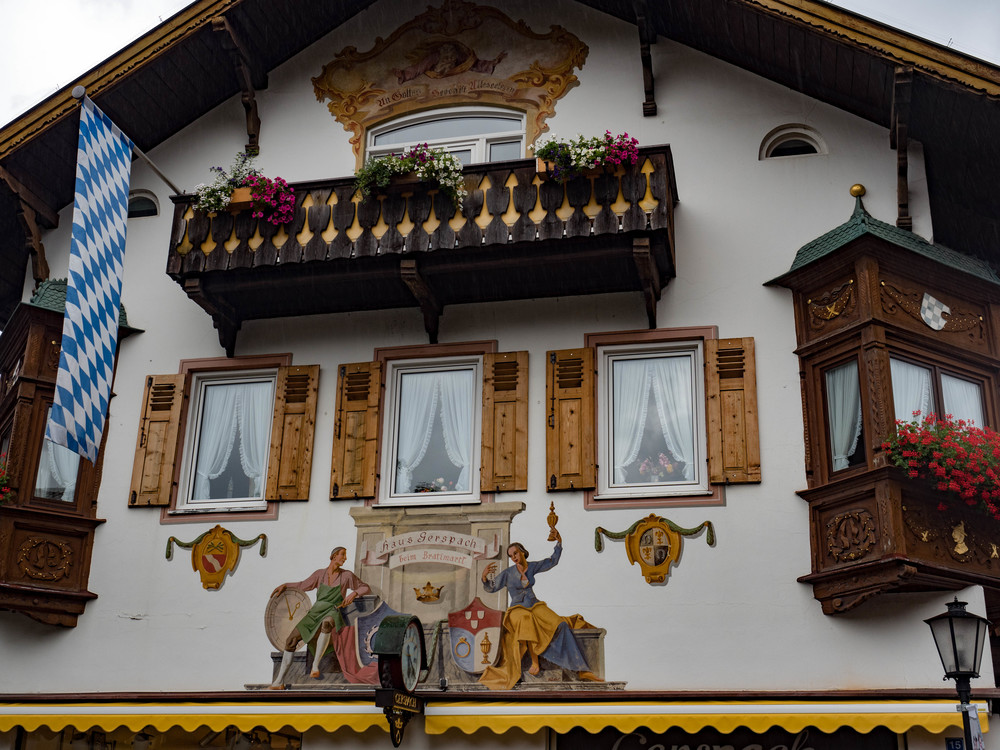
All this is very fine, you may say. But we are not comparing like with like. If I’d packed the SL or the M I would have had full-frame results and I know just how much I like the output from both cameras, especially from the M-D. Micro four thirds is a compromise, admittedly. But my experiences last year with the Leica D-Lux and now with the PEN-F prove that this 1/4 size sensor punches above its weight. And that compactness and low weight is an acceptable tradeoff for the absence of full frame. In any case, for the purposes of publishing this blog, sensor size doesn’t make all that much difference.
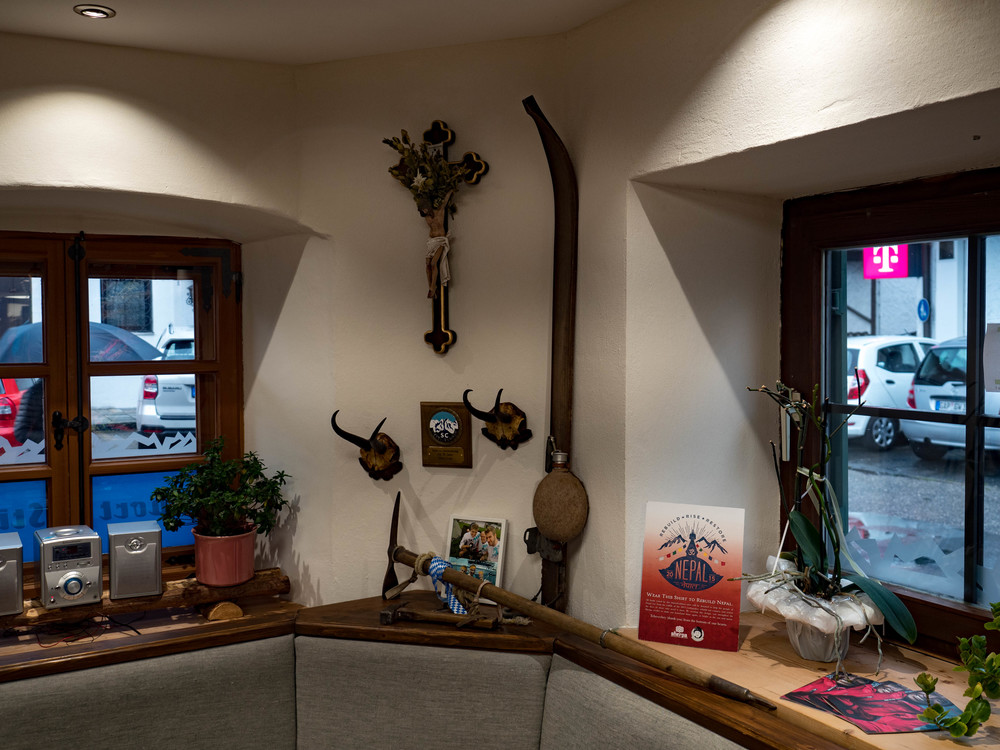
As I sat at Heathrow waiting for the flight I knew that the proof of the pudding would be in the taking. I’ve put all my little eggs in the Olympus basket and we would have to see how they perform. Will the lightweight gamble pay off or will Humpty prove to be a broken shell?
Postscript: The pictures in this article were taken on an excursion to Garmisch Partenkirchen in southern Bavaria and at the Zugspitzplatte just below the summit of the 2962m Zugspitze, Germany’s highest mountain. Rainy on the plain, snowy on the mount, this was a day for a water-resistant lens, the Zuiko 12-40 with its constant f/2.8 aperture. It’s a pity the PEN-F isn’t similarly proofed and this is the camera’s major failing. I can’t imagine why the designers didn’t go this extra mile when designing the camera. On a trip like this, the useful zoom range of 24-80mm (full-frame equivalence) proved practical, with the wide angle particularly appropriate for the street scenes in Garmisch).
_______________
- Subscribe to Macfilos for free updates on articles as they are published. Read more here
- Want to make a comment on this article but having problems? Please read this

Beautiful pics and your comment on no weather seal makes me think Olympus does not want to and interfere with sales of their cameras that have this feature.
Thanks, John. You could be right, but it seems a pity, particularly since the Panasonic GX8 is weather sealed. In fact, having now got my hands on the GX8 I think I might prefer it. It’s more of a serious camera, I feel, while the PEN-F is a bit gimmicky and retro-for-retro’s-sake kind of stuff.
Really enjoyable posting, Mike. I like the humour in some of the images and some of the titles. Agree about travelling light – and uncluttered. ( I once went to Switzerland "only" with my V-Lux 1. Results way above expectations. Super lens, super range. Small sensor 1/1.8 no problem up to A4. )
Thanks, John. You are right about the V-Lux (I’m thinking of the current model which I reviewed in 2015). Ivor Cooper at Red Dot Cameras uses it almost exclusively when he has the run of anything in the Leica range, ancient and modern. For a 1in sensor, the results are excellent and it is hard to fault that enormous zoom range.